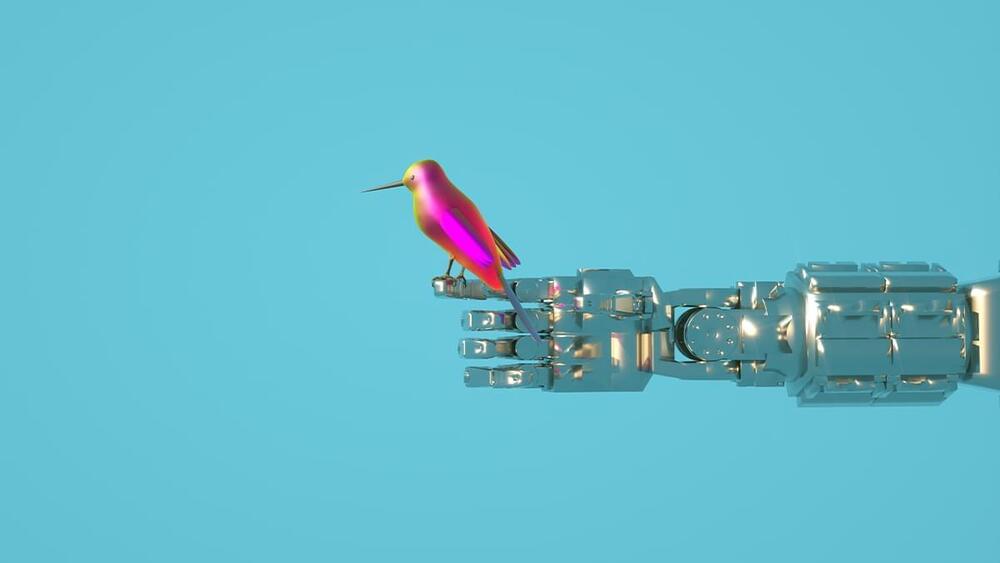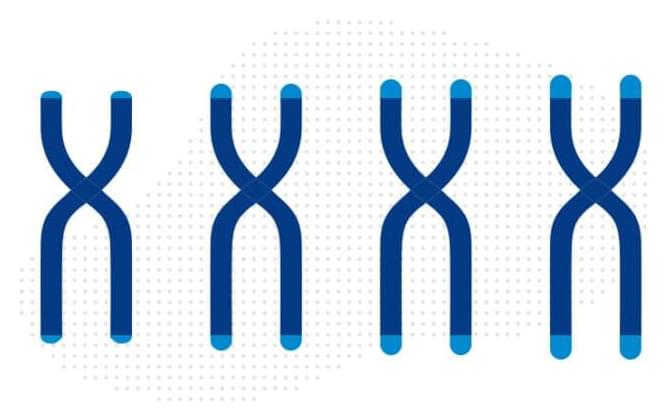When thinking of the applications of low-loss materials in 5G devices, the first that comes to mind for most is 5G smartphones. After all, low-loss materials are integral in enabling advanced 5G antennas-in-packages (AiP) for smartphones, and high-profile smartphone manufacturers like Apple have gone back and forth about which low-loss material they chose for their 5G antennas in their flagship phones like the iPhone. However, another 5G application for low-loss materials hiding in plain sight will act as an important driver for this US$1.8 billion market as forecast by IDTechEx: 5G customer premises equipment (CPEs).
5G fixed wireless access (5G FWA) and cpes.
This application area is based on the increasing deployment of 5G fixed wireless access (FWA). FWA offers wireless internet access to homes and businesses without requiring the laying of fiber or cables to facilitate connectivity. FWA enables customers to get high-speed internet access with speeds comparable to wired broadband connections in places where fiber or cable installation is too expensive or difficult. While fixed wireless technologies based on 4G/LTE do exist, they cannot match the speeds of wired broadband and are also not economically viable to deploy.








